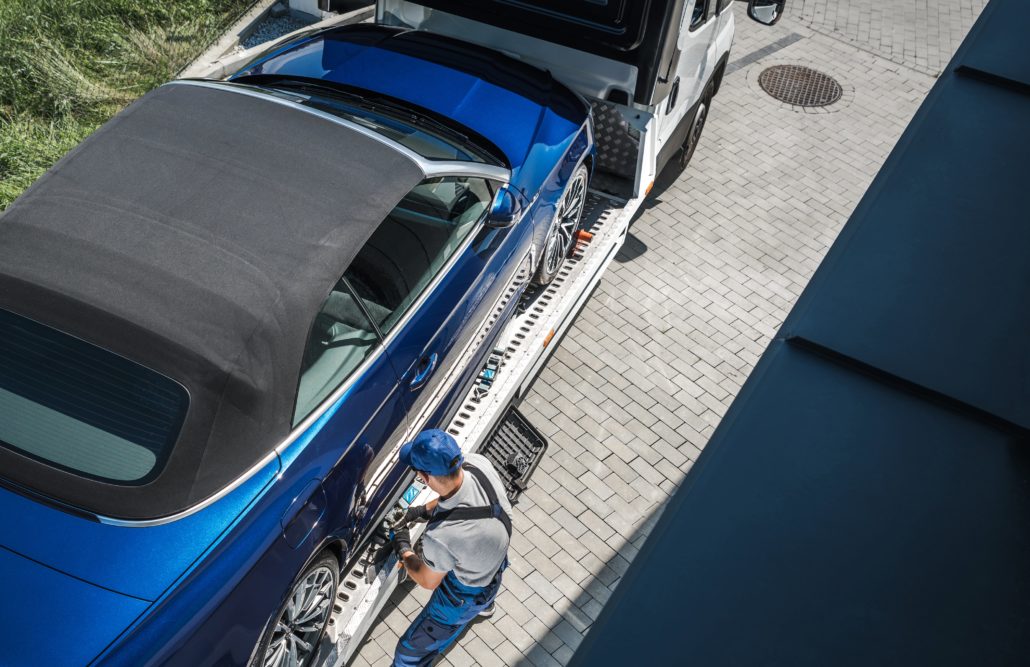As he leaves Rolls-Royce after seven years, CEO Warren East, claims that the manufacturer’s recovery is undeterred, even while they have fallen short of projections while fighting supply chain disruptions and inflation. Shares had fallen close to 10% last week as the company missed forecasts for profitability. The group’s shares have lost more than 35% since the start of 2022. Rolls-Royce’s underlying operating profit in the first six months of the year fell to £125 million, from £307 million a year earlier, missing consensus forecasts by 24%. It made a £111 million loss in the half-year, compared with a £133 million profit one year before.
East shrugged off the share price drop, stressing that the group’s profit performance in the first half of 2021 had received support from two positive one-off items, a £45 million gain in its defence business and a £270 million accounting technicality based on a revaluation of assets in the civil aerospace business. He acknowledged, however, that the profitability comparison between the first halves of 2021 and 2022 were uncomfortable. Nonetheless, the company expects to recover in the second half of 2022 as flight rates improve to keep Rolls-Royce engines used in large passenger jets.
Post-pandemic business activity and cash flow at Rolls-Royce
Rolls-Royce, which derives a large part of its income from manufacturing and servicing engines for Boeing and Airbus, has reappeared slowly after the pandemic as international restrictions on travel have remained in certain regions. East said that in the first half of 2022 Rolls-Royce engines travelled about 60% of what they did in 2019, the year before COVID hit, and were now at about 65%. Lockdowns in China had been the key obstacle for Rolls-Royce engines. However, East stressed that the company was experiencing strong demand elsewhere in Asia, expecting flights to return to pre-pandemic levels by 2024.
East also pointed to an improvement in free cash flow of £1.1 billion, a strong order intake of its power systems, and a 4% increase in underlying revenues to £5.31 billion. Rolls-Royce stuck to its forecast for modestly positive cash flow for the full year after burning £68 million in the first half. This compares with a cash burn of £4.2 billion in 2020 at the height of the pandemic, which grounded most global aviation. Net debt remained flat at £5.1 billion. The receipts from recently selling ITP Aero, its Spanish subsidiary, will contribute to paying off these debts.
Conclusie
Rolls-Royce being at an absolute transition point from huge losses to normal profitability has caused the share price drop. The company must manage challenges, such as inflation and supply chain constraints, results of post-Covid realignment. Though East may have built good structural underpinnings during his tenure, Rolls-Royce will soon have to be ready to tackle greenhouse gases, as Britain aims to reach net zero by 2050. East reaffirmed that the company has a strong position in widebody civil aerospace and that it will be capable of funding the investment in the energy transition.
Learn more about how B2BE are supporting the automotive industry through our innovative supply management solutions.
